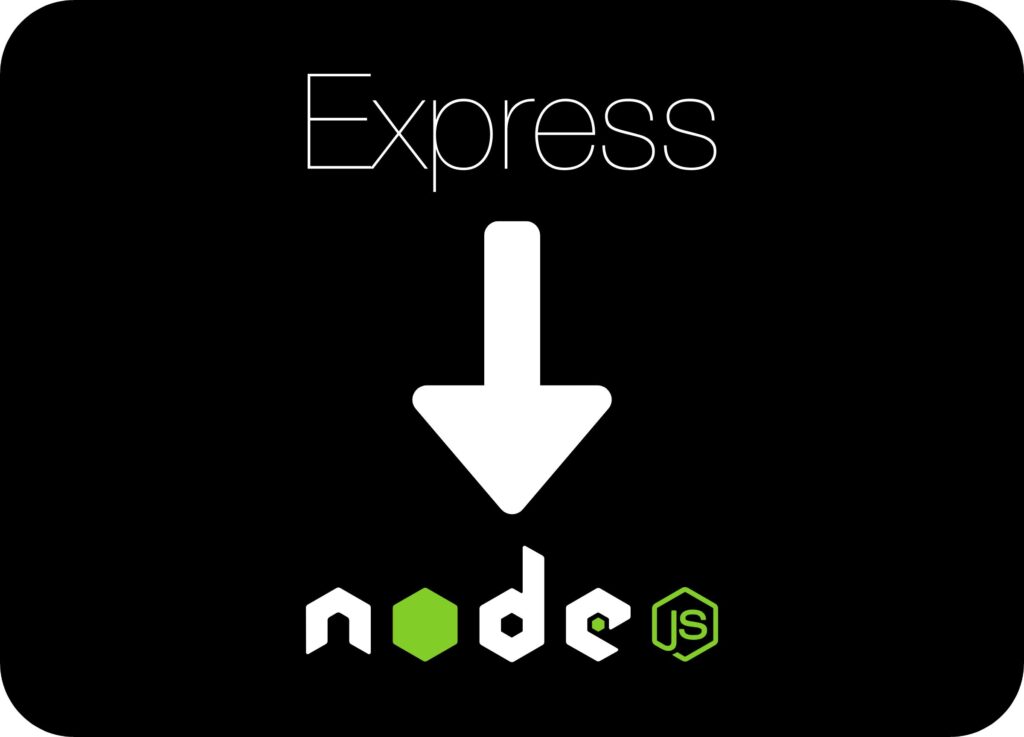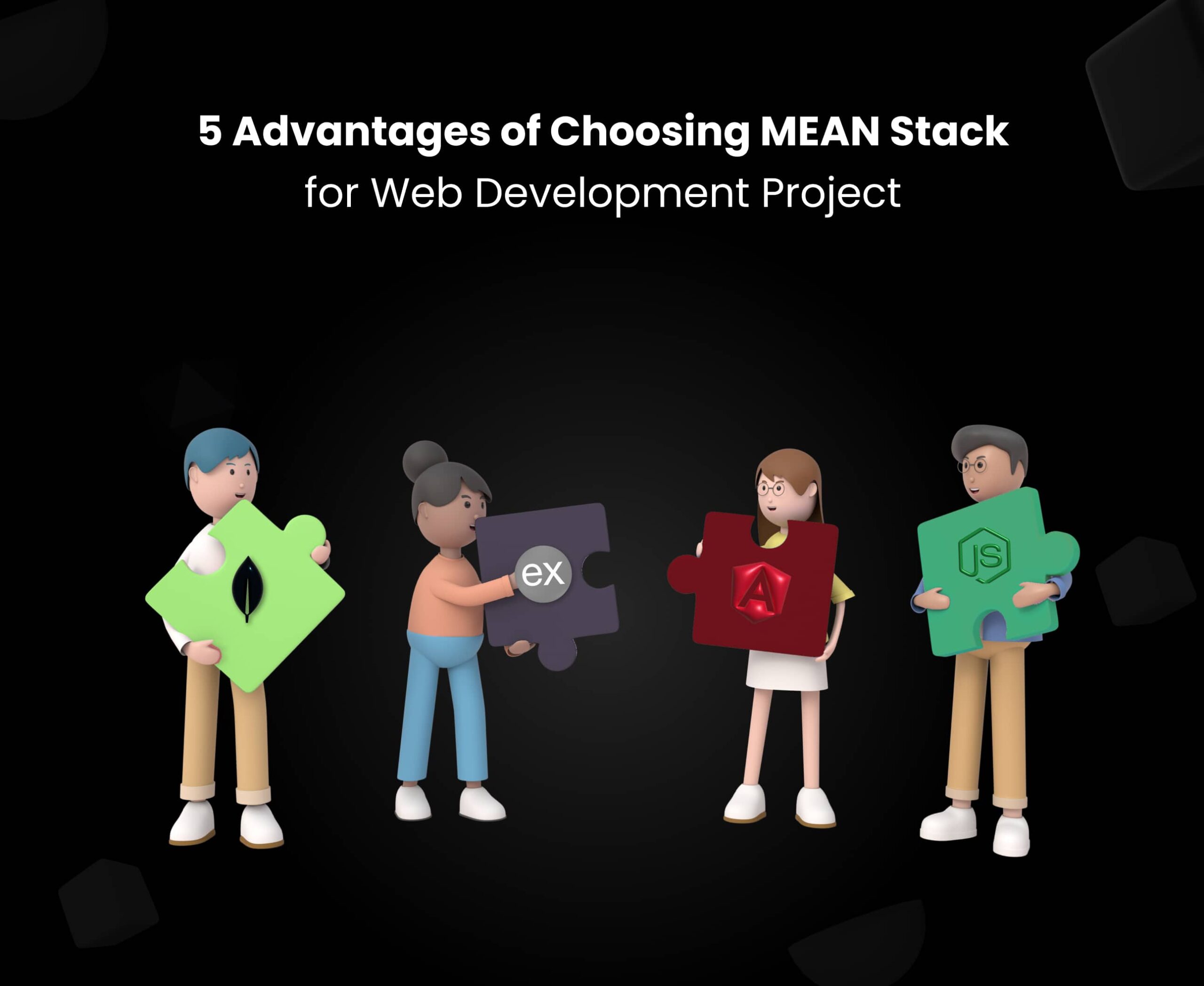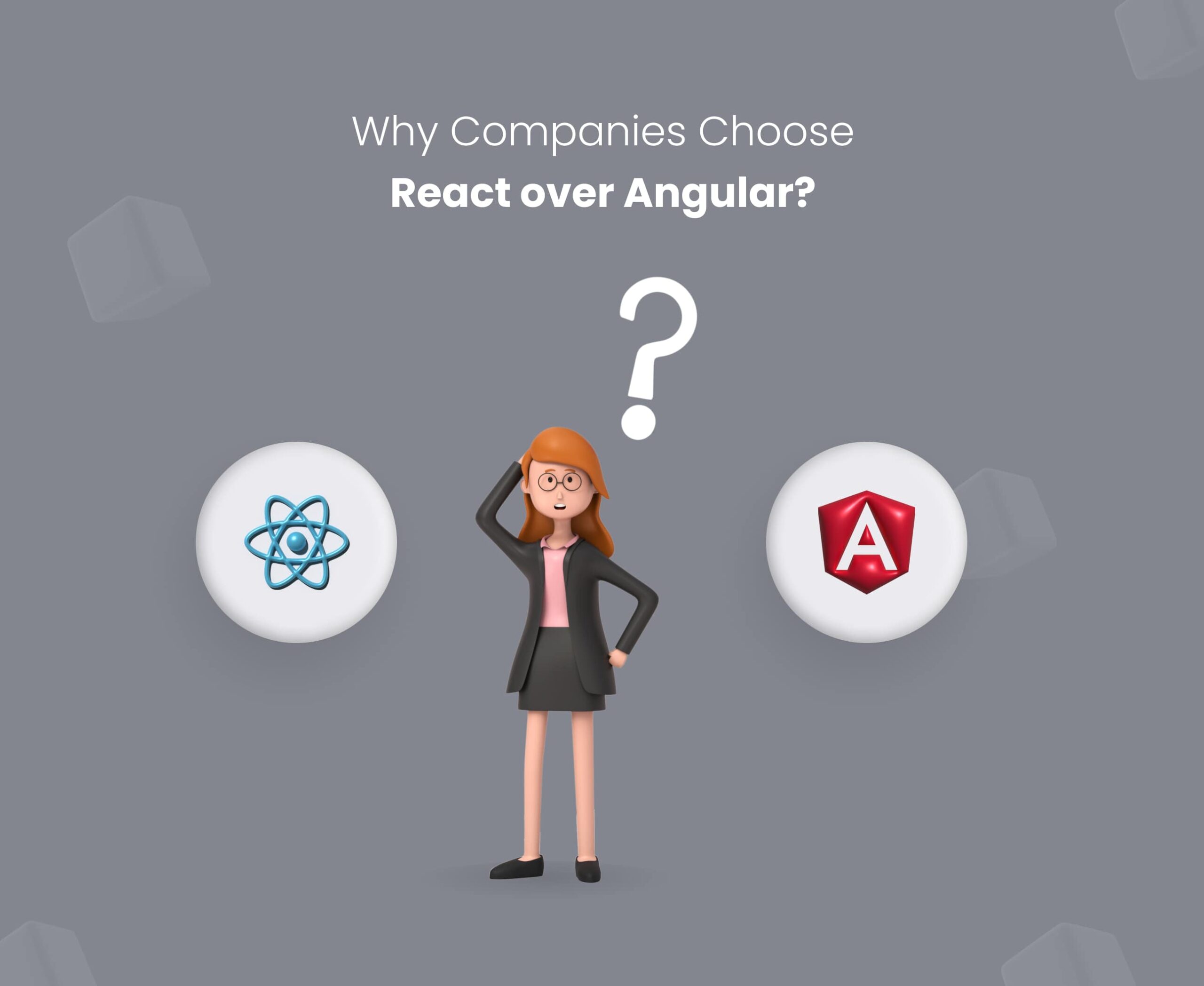In the modern digital landscape, businesses strive to create web and mobile apps that can easily scale and optimize cloud deployment. MEAN Stack is a powerful framework that enables seamless web development, delivering enhanced results to enterprises. MEAN Stack is perfect for building innovative apps and comprises cutting-edge technologies such as MongoDB, Express, AngularJS, and Node.js. Many renowned brands, including Facebook, YouTube, Netflix, Forbes, Tumblr, Instagram, and others, have successfully developed apps using MEAN Stack JavaScript technology. Let’s delve deeper into MEAN Stack and how it can benefit your business.
Table of Contents
What is MEAN stack?
The MEAN stack is an open-source JavaScript software stack designed to develop innovative web and mobile apps. The use of JavaScript, for both server-side and client-side programming, makes it an ideal choice for developers. According to a survey, JavaScript is the most popular programming language in the world with 17.4 million software developers. There are also 15.7 million Python developers, making it a popular community for programmers.
As JavaScript being the solitary language used throughout the entire architecture, developers can easily manage the front-end, back-end, and database without complex integration. As of 2022, 65% of software developers surveyed use JavaScript as their primary programming language. As many as 4% of software developers plan to migrate or adapt JavaScript in the near future.
MEAN stack development is focused on a specific set of technologies, including MongoDB, Express, AngularJS, and Node.js. This focused approach allows developers to build robust and scalable apps while simplifying the development process.
How does MEAN stack work?
The MEAN stack architecture, similar to other types of architecture, follows a layered working process. The process consists of several stages that are outlined below:
Stage 1:

The first step begins with the client side, where users deploy the AngularJS app to request functions.
Stage 2:

The request is then routed to the JavaScript runtime environment, where the server-side program, Node.js, parses the request.
Stage 3:

The server layer, Express.js, is linked to Node.js, which analyzes the query and creates a database request to retrieve the output.
Stage 4:

Once the question is received by MongoDB, it rapidly accesses the information stored in the database and sends it back to the Express.js server.
Stage 5:

Finally, the data received by Express.js is sent to Node.js, which is then redirected to the Angular.js client-side app, where it is displayed to the user as an outcome. After the process is complete, the data from Express.js is returned.
MEAN Components
MongoDB
MongoDB is an open-source NoSQL database designed for cloud apps. Unlike a relational model, MongoDB uses object-oriented organization. It is used to store an app’s data in the MEAN stack.
Since both the app and the database are in JavaScript, converting the object as it goes from the app to the database and back is unnecessary. The app can easily send and receive objects between the database and the back end without a problem.
One of the benefits of MongoDB is its scalability in both storage and performance. You can easily add fields to the database without reloading the entire table. MongoDB is famous for its capability to manage large amounts of data without impeding data access.
You can expand your database resources with just a few clicks. This makes it perfect for apps that experience periods of increased activity.
ExpressJS
Express is a framework for creating web apps that run on Node.js. It perfectly balances ease of use and a complete feature set. Express is responsible for communication between front-end and back-end.
It ensures a smooth flow of data to the user. Express is also built to work alongside Node.js, enabling the use of JavaScript throughout the stack.
Express is a minimalist framework built to handle complex processes easily. It provides a range of features, such as error handling and templating, while keeping the app uncluttered.
Express utilizes the CommonJS module standard, so variables in the shared namespace are safe from accidental overwriting. You can be confident that your data is secure. This ensures that variables cannot be accidentally redefined, saving you valuable time and effort.
Worth the read
✨ Why Do Companies Choose React over Angular?
✨ What is SDLC (Software Development Life Cycle)?
✨ In-house vs. Outsourcing your Software Development
AngularJS
AngularJS is a highly favored JavaScript front-end framework developed by Google. Developers widely use it for building user interfaces of web apps. AngularJS enables seamless communication between the front-end, back-end, and database, ensuring a swift and effortless flow of information throughout the app.
AngularJS’s immense popularity can be attributed to its versatile functionality for creating apps for both desktop and mobile use, its exceptional performance, and its user-friendly templates. By using AngularJS in the MEAN stack, developers can achieve optimum efficiency and create robust cloud-native apps.
NodeJS
Node.js is an exceptional open-source JavaScript framework highly suitable for cloud-based apps, boasting the ability to easily scale requests as needed. It is often found powering some of the most prominent web presences. Node.js serves as the foundation of the MEAN stack, with Express built specifically to operate on top of it and AngularJS designed to connect flawlessly with Node.js for speedy data delivery. Furthermore, Node.js features an integrated web server, allowing for effortless deployment of MongoDB databases and apps to the cloud.
Node.js’s greatest strength lies in its scalability. For cloud-based apps to be successful, they must respond quickly to usage surges. There is no benefit to having virtually limitless processing power if it is only available after users have already become frustrated and left.
By expanding resources as needed, Node.js can accommodate abundant users while the framework’s single-threaded architecture ensures a seamless user experience across a vast array of connections. Node.js is even capable of supporting up to one million simultaneous connections.
However, it is important to remember that Node.js is most effective when processing numerous low-resource requests as opposed to a small number of resource-intensive requests. While a single thread helps prevent process deadlocks, it is still susceptible to a large process freezing the system for all clients.
Benefits of Choosing MEAN Stack for Web Development
Cost-Effective and Time-Efficient
Choosing MEAN Stack for web development offers numerous advantages to businesses, and one of the most significant benefits is cost-effectiveness and time efficiency. MEAN Stack enables developers to build highly scalable and robust web apps relatively quickly. This is due to the pre-built modules available within the framework, which can save businesses time and money in the long run.
Furthermore, MEAN Stack’s use of JavaScript across the entire development stack means that businesses only need to hire developers with expertise in this programming language. This streamlines the hiring process and can save businesses money in recruiting and training costs.
Many businesses have already benefited from using MEAN Stack technology. For example, Forbes, LinkedIn, Uber, and PayPal.
In addition, MEAN Stack’s real-time data processing capability makes it the perfect choice for businesses that require quick data analysis and processing. This is especially important for apps that require real-time analytics, such as chatbots and stock trading apps.
Flexibility and Scalability
One of the key advantages of the MEAN Stack is its flexibility. The MEAN Stack provides developers with a comprehensive set of tools that enable them to easily create complex and dynamic web apps. This flexibility is especially important in today’s business environment, where companies must quickly adapt to changing market conditions and customer needs.
The MEAN Stack is designed with a modular architecture allowing developers to easily customize and extend its components to fit their needs. This modularity also enables developers to easily swap out components without affecting the rest of the system. This means businesses can easily scale their apps as their needs grow and evolve.
In addition to flexibility, the MEAN Stack is also highly scalable. As businesses grow, they need apps to handle increasing traffic and data. The MEAN Stack is designed to scale horizontally, meaning it can handle large amounts of traffic by adding more servers to the system.
This enables businesses to easily expand their apps as their user base grows. This scalability enables businesses to remain agile and competitive in today’s fast-paced digital landscape.
Streamlined Development Process
MEAN Stack offers a streamlined development process by providing an all-JavaScript environment. This means developers do not have to switch between different programming languages or technologies, allowing for a more efficient development process. In fact, using a single language for the entire stack makes development more manageable and less prone to errors.
The ease of sharing code across different frameworks and libraries is another major advantage of the MEAN Stack. Since all the frameworks and libraries are written in JavaScript, developers can easily share code snippets between different parts of their apps. This saves time and improves productivity by reducing the need to write duplicate code.
It also promotes consistency across different app parts, making it easier to maintain and update the code. You can hire MEAN Stack developers to focus on creating innovative and dynamic web apps that meet the evolving needs of your business and the end-users.
Open-Source and Large Community Support
Open-source technology has been a game-changer in the world of web development. It is designed to simplify web development. It is an open-source technology, which means that developers do not need to pay any licensing fees to use it. This can help businesses save significant money, particularly for smaller startups and businesses.
Another advantage of using open-source technology like MEAN Stack is its large community support. MEAN Stack has a global community of developers and enthusiasts contributing to it. This gives users access to a wide range of resources and tools.
This support can assist developers. It enables them to keep up with the most recent trends in web development. Additionally, it ensures that their apps use the best tools available.
The large community support also means that there is a wealth of knowledge and experience available for developers to tap into. Whether through online forums, discussion boards, or documentation, developers can leverage the community’s collective knowledge to solve problems and overcome challenges.
MEAN Stack and its Applications
Forbes
Forbes created a custom content management system using MongoDB in just two months. After that, within a month, the company launched a mobile site. These impressive results were achieved with the help of only one part-time and one full-time developer. Thanks to the MEAN Stack, Forbes’ Java developers could quickly understand MongoDB’s structure, saving both time and money.
Forbes now uses this CMS platform to publish content, enabling over 1,000 bloggers worldwide to submit articles. Implementing the MEAN Stack helped Forbes improve the traffic on their website from 5% to 15%, which quickly jumped to 50%. MongoDB has made it easier for Forbes to upload high-quality articles quickly. This allows readers to access the latest news and trends in minutes.
PayPal
PayPal, a smart money transfer app, utilizes the combined powers of AngularJS and NodeJS to provide seamless transactions and smoother functioning. With over 325 million active users, PayPal is a widely popular platform. And its heavy use of AngularJS for styling components and handling payment flows has contributed to its success.
The app uses AngularJS to create classes and unique HTML elements, which ensure safe transactions for users. PayPal began as a platform built with HTML, CSS, and Javascript for its client and server components. Now, it utilizes AngularJS and Nodejs to have specialized front-end and back-end developers.
Kiran Prasad is Senior Director of Mobile Engineering at LinkedIn. He has stated that the company switched to Node.js. This was due to its faster processing speed and smaller memory footprint. Node.js offers benefits beyond technical aspects, as many developers are comfortable coding in JavaScript.Initially built on Ruby on Rails, LinkedIn needed a dynamic approach for a scalable app, leading them to switch to Node.js. With the help of the MEAN stack, the web app’s performance improved. By merging the front-end and back-end developing teams, the usage of servers was reduced, leading to more efficient development. With over 760 million users, including more than 260 million active users monthly, LinkedIn’s transition to Node.js has been a success.
Frequently Asked Questions for MEAN stack
How much does it cost to use MEAN Stack for web development?
The cost of using MEAN Stack for web development can vary. This depends on the project requirements and the size of the development team. However, one of the advantages of MEAN Stack is that it utilizes open-source technology, which can significantly reduce development costs. Additionally, the availability of a wide range of resources and tools provided by the large community support can help reduce costs.
Why is MEAN stack in demand?
MEAN Stack is popular due to its capability to simplify web development. It also offers more flexibility and the ability to scale web apps. Its all-JavaScript environment and use of open-source technology also make it an attractive choice for many developers.
The MEAN Stack has large community support. This makes it easier for developers to access a range of resources and tools. As a result, it is simpler to learn and use.
How easy is it to learn MEAN Stack, and what resources are available?
MEAN Stack can be relatively easy to learn, especially for those with a solid foundation in JavaScript. Many resources are available for learning MEAN Stack, including online tutorials, courses, and documentation provided by the large community support. Some popular resources include the official MEAN Stack website, the Node.js documentation, and online coding platforms like Codecademy and Udemy.
What types of web apps are best suited for MEAN Stack development?
MEAN Stack is optimal for web apps that need dynamic, real-time data updates. It offers flexibility and scalability, thanks to a NoSQL database like MongoDB. It is well-suited for social networking apps, messaging apps, real-time analytics, and collaborative platforms. However, MEAN Stack can also be used for other web apps, from eCommerce platforms to content management systems.





